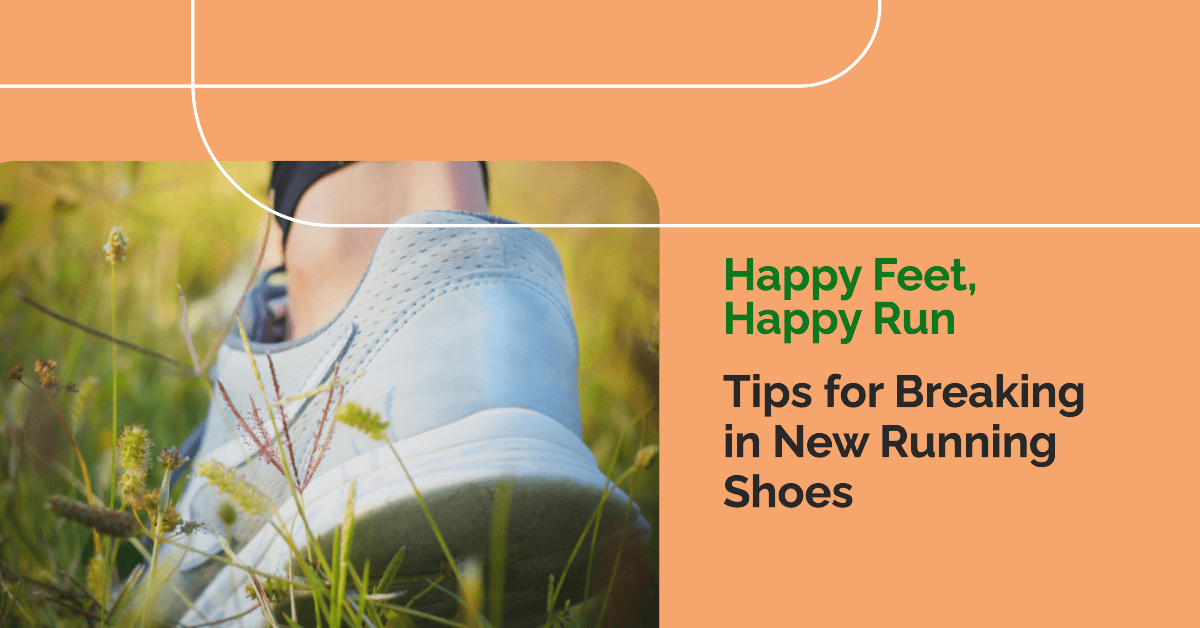Running is a fantastic way to stay fit and active, but the wrong pair of shoes can quickly turn this enjoyable activity into a painful experience. Breaking in new running shoes is crucial to ensure that they fit comfortably and provide adequate support for your feet. In this article, we will explore the importance of breaking in new running shoes, tips for selecting the right pair, the process of breaking them in, common mistakes to avoid, and how to care for your running shoes to prolong their lifespan.
Understanding the Importance of Breaking into New Running Shoes
Breaking into new running shoes may seem unnecessary, but it plays a vital role in preventing discomfort and potential injuries. When you first purchase a pair of running shoes, they may feel stiff and tight, including specialized options like Travis Scott replica shoes. Breaking them in allows the materials to mold and adjust to the shape of your feet, providing a personalized fit.
By breaking in your new running shoes, you increase their flexibility, which contributes to a smoother and more natural stride while running. It also helps prevent blisters, hotspots, and other foot-related problems that can occur if the shoes are not properly broken in.
The Science Behind Shoe-Breaking
Shoe materials, such as the upper mesh and midsole cushioning, need time to adjust to your feet during the breaking-in process. The upper mesh stretches and conforms to the shape of your foot, allowing for better breathability and preventing rubbing or discomfort. Additionally, the cushioning in the midsole compresses and absorbs shock more efficiently as it adapts to your specific running style, enhancing overall comfort and performance.
Potential Risks of Not Breaking in Your Shoes
Ignoring the process of breaking in new running shoes can lead to various problems. If the shoes are too tight, they can cause blisters, irritation, and pain. On the other hand, if the shoes are too loose, you may experience foot slippage and lack of support, increasing the risk of injuries like sprains and strains. It’s essential to allocate time for breaking in your new running shoes to avoid these issues.
Selecting the Right Pair of Running Shoes
Choosing the right pair of running shoes is crucial for a comfortable and rewarding running experience. Here are some factors to consider when buying new shoes:
Factors to Consider When Buying New Shoes
- Foot Type: Determine whether you have high arches, flat feet, or a neutral arch. Different shoe types offer varying levels of support for different foot types.
- Shoe Size: Measure both feet and choose the larger one to ensure a proper fit. Leave a thumb’s width of space between your longest toe and the end of the shoe.
- Running Terrain: Consider the type of surface you typically run on (e.g., road, trail, or track) as it may require different shoe features.
- Pronation: Understand whether you have a neutral gait, overpronation (inward rolling), or supination (outward rolling). Select shoes with appropriate stability and cushioning to support your gait.
- Comfort: Always prioritize comfort when trying on shoes. Walk or run a short distance in them to ensure they feel good and don’t cause any discomfort or pain.
Tips for Trying on Running Shoes
- Try on shoes in the afternoon or evening when your feet are slightly swollen. This will ensure you choose the right size that accommodates your feet during extended runs.
- Wear the socks you would typically wear while running to get a better sense of how the shoes will fit.
- Take your time to walk or run around in the shoes. Pay attention to any rubbing, slipping, or pressure points.
- Consider consulting with a professional running specialist who can analyze your gait and recommend shoes tailored to your specific needs.
The Process of Breaking into Your New Shoes
Now that you have chosen the perfect pair of running shoes, it’s time to break them in gradually to ensure optimal comfort and performance. Follow these steps:
Initial Steps for Breaking in Shoes
Begin by wearing your new running shoes for short periods, such as during daily activities or light walks. This allows your feet to get accustomed to the shoes without putting too much stress on them.
During this initial break-in phase, pay attention to any discomfort or rubbing. If you experience significant discomfort or pain, it may indicate that the shoes are not the right fit for your feet. In such cases, consider exchanging them for a different size or model.
Gradual Increase in Wearing Time
As your shoes start to feel more comfortable, gradually increase the duration of your runs or workouts wearing them. Start with shorter distances and progressively build up to longer runs.
This gradual increase in wearing time allows the shoes to adjust to your feet while minimizing the risk of excessive pain, blisters, or injuries. If you notice any discomfort during this phase, decrease the wearing time temporarily and assess whether any adjustments need to be made.
Common Mistakes to Avoid While Breaking in Shoes
While breaking into new running shoes, it’s important to avoid the following common mistakes:
Overdoing the Break-in Process
While it’s essential to break into your new shoes, overdoing it can lead to unnecessary pain and discomfort. Listen to your body, and if you experience excessive pain or discomfort, take a break and reassess the fit of your shoes. It’s better to extend the break-in process than to push through unnecessary pain.
Ignoring Discomfort or Pain
Discomfort or pain during the breaking-in process should not be ignored. It may indicate that the shoes are not suitable for your feet. If the discomfort persists or intensifies, consult with a professional for guidance and consider choosing a different pair of shoes.
Care and Maintenance for Your Running Shoes
Cleaning and Storing Your Shoes
To prolong the life of your running shoes, follow these care and maintenance tips:
- Clean your shoes regularly, especially if you frequently run on muddy or dusty terrains. Use a soft brush or cloth to remove dirt and debris.
- Avoid machine-washing or drying your shoes, as this can damage the materials and affect their performance.
- Air-dry your shoes after each run to prevent moisture buildup, which can lead to odor and bacterial growth. Remove the insoles, if possible, and stuff the shoes with newspaper to help absorb moisture.
- Store your shoes in a cool, dry place away from direct sunlight. Avoid storing them in a compressed or folded position, as this can deform the shoes.
When to Replace Your Running Shoes
No matter how well you care for your running shoes, they will eventually wear out. It’s important to know when to replace them to maintain optimal support and prevent injuries. Here are some signs that indicate it’s time for new running shoes:
- The tread has worn down significantly, reducing traction and stability.
- The midsole cushioning feels flat and no longer provides adequate shock absorption.
- You experience persistent pain or discomfort during or after running, indicating that the shoes no longer offer proper support.
- The upper mesh or other parts of the shoe show signs of significant wear and tear.
Replacing your running shoes regularly, typically every 300-500 miles or when they show significant signs of wear, ensures that you continue to enjoy a comfortable and injury-free running experience.
Conclusion
Breaking into new running shoes is a necessary step to ensure comfort, support, and optimal performance. By selecting the right pair of shoes, gradually breaking them in, and properly caring for them, you can enjoy a pain-free and enjoyable running experience. Remember to listen to your body and address any discomfort or pain during the breaking-in process to avoid potential injuries. Your running shoes are an essential investment in your running journey, so make sure to treat them with care and replace them when they show signs of wear and tear.





